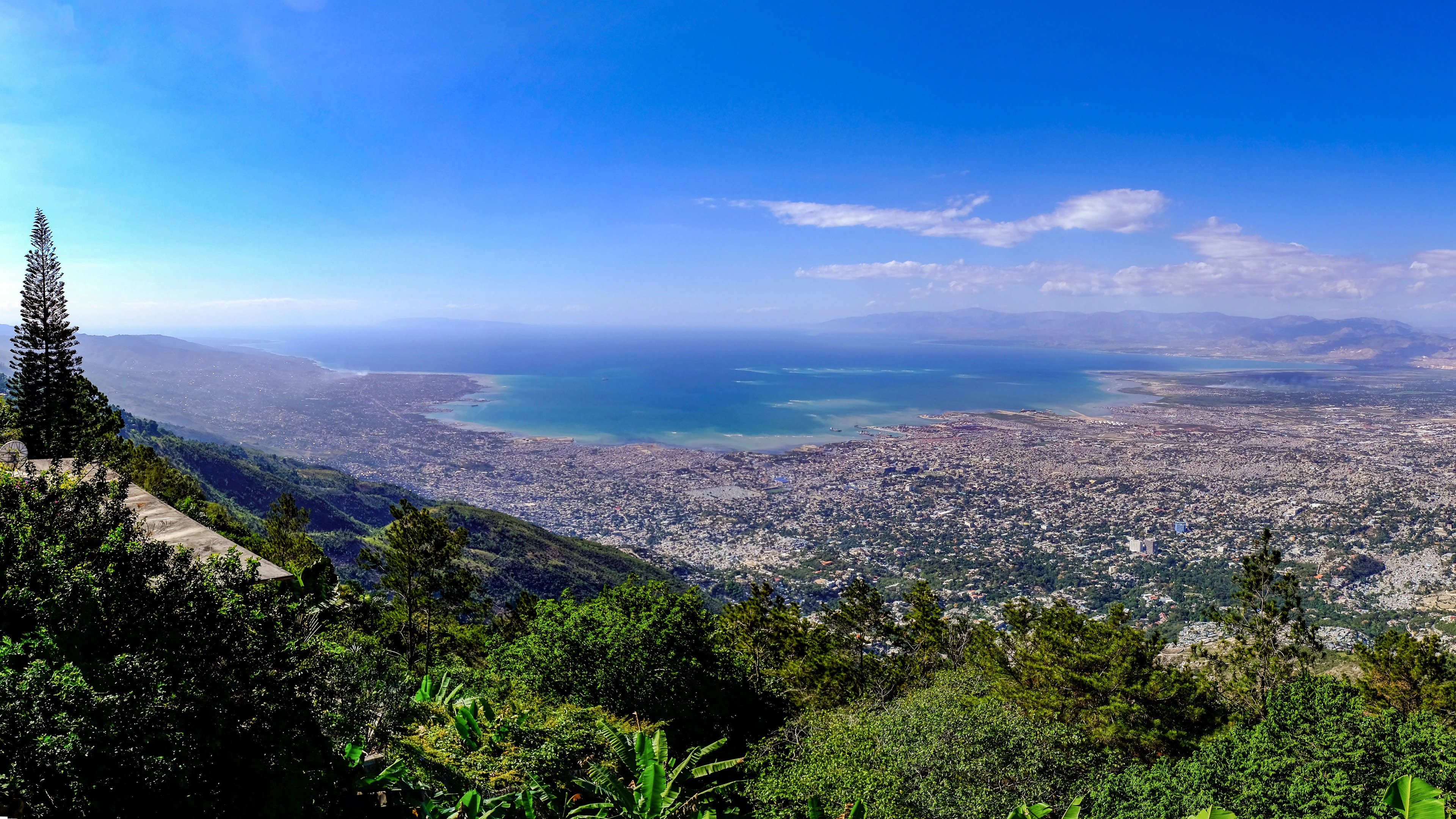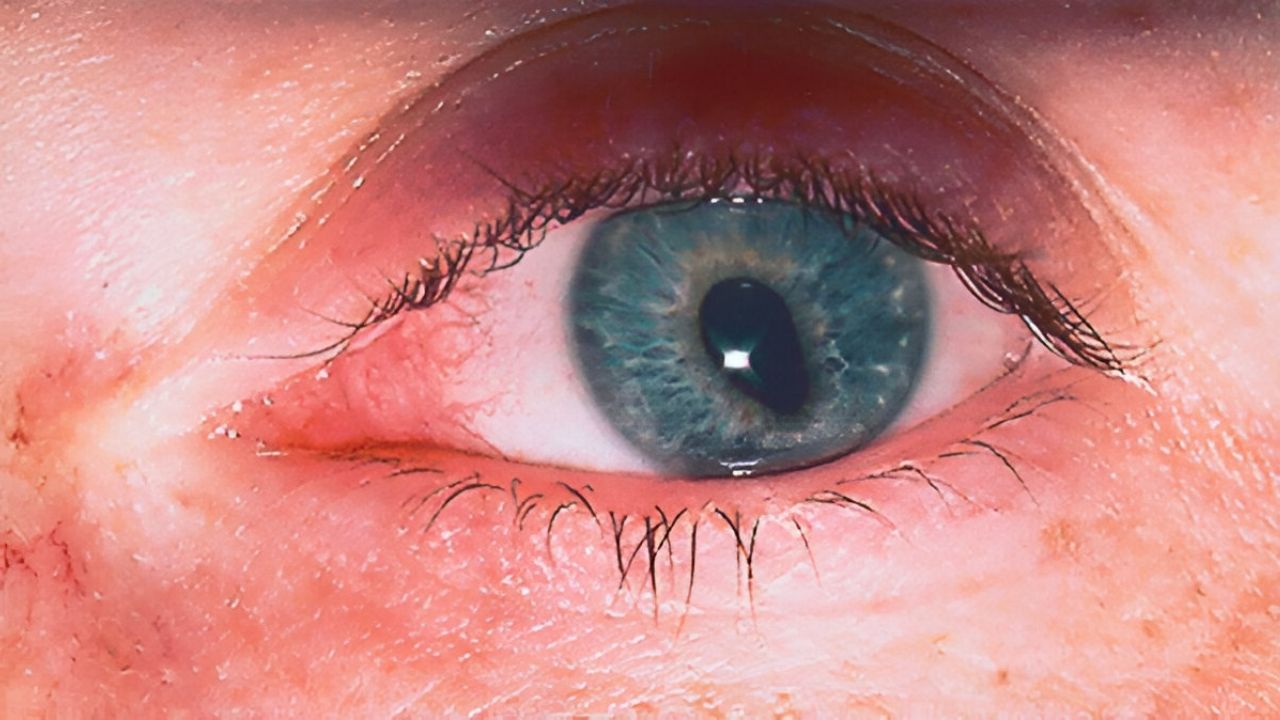
Port-au-Prince, the vibrant capital city of Haiti, is a place steeped in history, culture, and resilience. Situated on the western coast of the Caribbean island, Port-au-Prince is not only the largest city in Haiti but also its economic and cultural center. Despite facing several challenges in the past, including devastating natural disasters, Port-au-Prince has emerged as a bustling urban hub, brimming with a rich tapestry of experiences for locals and visitors alike.
In this article, we will dive deeper into the heart of Port-au-Prince and uncover 33 fascinating facts about this captivating city. From its intriguing historical landmarks and vibrant local markets to its thriving music scene and mouthwatering cuisine, Port-au-Prince has plenty to offer. So join us as we embark on a virtual journey through the streets of Port-au-Prince, discovering the hidden gems that make this city truly special.
Key Takeaways:
- Port-au-Prince is a vibrant city with a rich history, diverse culture, and resilient people. It offers unique markets, beautiful landmarks, and a lively arts scene, making it a city worth exploring.
- Despite facing challenges like natural disasters, Port-au-Prince continues to showcase strength and determination. The city’s people are known for their vibrant spirit, creating a sense of unity and pride in their community.
Facts 1
Port-au-Prince is the capital and largest city of Haiti, located on the Gulf of Gonâve in the Caribbean Sea.
Facts 2
It is estimated that Port-au-Prince has a population of over 1 million people, making it the most populous city in Haiti.
Facts 3
The city was founded in 1749 under the French colonial rule and was initially named Port-Républicain.
Facts 4
Port-au-Prince serves as the economic, cultural, and political center of Haiti.
Facts 5
The official languages spoken in Port-au-Prince are Haitian Creole and French.
Facts 6
The city is known for its vibrant music and art scene, with many local musicians and artists gaining international recognition.
Facts 7
Port-au-Prince is home to the Iron Market, a historic marketplace where visitors can buy local crafts, artworks, and fresh produce.
Facts 8
It is a city rich in history, with numerous landmarks and historical sites, including the National Palace and the Cathedral of Our Lady of the Assumption.
Facts 9
Port-au-Prince experiences a tropical wet and dry climate, with hot and humid summers and milder winters.
Facts 10
The city is prone to natural disasters, including hurricanes and earthquakes. In 2010, Port-au-Prince was devastated by a powerful earthquake that caused widespread destruction.
Facts 11
Port-au-Prince is a major transportation hub, with the Toussaint Louverture International Airport serving as the main gateway to Haiti.
Facts 12
The city has a diverse culinary scene, with traditional Haitian dishes like griot (fried pork) and tasso (spiced dried beef) being popular among locals and tourists.
Facts 13
Port-au-Prince hosts vibrant annual festivals, such as Carnival, where locals and visitors gather to enjoy music, dancing, and colorful parades.
Facts 14
It is a bustling city with a lively street life, filled with markets, street vendors, and music playing from every corner.
Facts 15
Port-au-Prince has a rich religious heritage, with Catholicism being the predominant religion, along with Vodou practices influenced by the African diaspora.
Facts 16
The city has a growing tourism industry, attracting visitors with its beautiful beaches, historic sites, and vibrant cultural scene.
Facts 17
Port-au-Prince is home to several higher education institutions, including the State University of Haiti and Quisqueya University.
Facts 18
The city is undergoing urban development projects aimed at improving infrastructure and expanding recreational areas for residents and visitors.
Facts 19
Port-au-Prince has a lively nightlife, with a variety of bars, clubs, and restaurants offering entertainment until the early hours of the morning.
Facts 20
It is a city that embraces its cultural heritage, with museums and cultural centers showcasing the art, history, and traditions of Haiti.
Facts 21
Port-au-Prince is known for its vibrant marketplaces, where locals and tourists can buy artisanal crafts, clothing, and souvenirs.
Facts 22
The city has a strong sense of community, with neighborhood festivals and celebrations bringing people together to celebrate their shared heritage.
Facts 23
Port-au-Prince has a diverse and dynamic music scene, with genres like kompa, rara, and reggae influencing the local music culture.
Facts 24
The city is surrounded by picturesque mountains and offers breathtaking views of the Caribbean Sea.
Facts 25
Port-au-Prince has a rich literary tradition, with many Haitian authors and poets gaining international recognition for their works.
Facts 26
The local cuisine of Port-au-Prince is known for its flavorful spices, fresh tropical fruits, and seafood dishes.
Facts 27
The city is a hub for traditional crafts, including intricate woodwork, metalwork, and basket weaving.
Facts 28
Port-au-Prince is a city of resilience, with its people overcoming numerous challenges and working towards rebuilding and revitalizing their communities.
Facts 29
The city has a vibrant fashion industry, with local designers creating unique and stylish garments that incorporate traditional Haitian elements.
Facts 30
Port-au-Prince is home to numerous parks and green spaces, providing a sanctuary for residents to relax and enjoy nature.
Facts 31
The city is a melting pot of cultures, with influences from African, French, and indigenous Taino cultures shaping its vibrant identity.
Facts 32
Port-au-Prince is an important center for international aid organizations and NGOs, working towards improving the lives of local communities.
Facts 33
The people of Port-au-Prince are known for their resilience, strength, and vibrant spirit, creating a sense of unity and pride in their city.
Overall, Port-au-Prince is a city rich in history, culture, and resilience. It offers a unique blend of vibrant markets, historic landmarks, and a lively arts scene. Despite the challenges it has faced, the people of Port-au-Prince continue to showcase their strength and determination, making it a city worth exploring and experiencing.
Conclusion
Port-au-Prince, the capital city of Haiti, is a fascinating destination with a rich history, vibrant culture, and stunning natural beauty. From its historical landmarks to its bustling markets, Port-au-Prince offers a unique experience for travelers.Throughout this article, we have explored 33 interesting facts about Port-au-Prince, delving into its origins, landmarks, cuisine, and more. We have learned about the iconic Iron Market, the significance of Carnival, and the tragic earthquake that reshaped the city in 2010.With its distinct blend of French, African, and Caribbean influences, Port-au-Prince is a city that captivates the senses. Whether you are visiting the breathtaking Sans-Souci Palace or indulging in the flavors of griot and pikliz, Port-au-Prince offers a truly memorable experience.So, if you are seeking a destination that is brimming with history, culture, and natural wonders, Port-au-Prince should be at the top of your list. Plan your trip and embark on an unforgettable journey to this dynamic and enchanting city.
FAQs
1. What is the population of Port-au-Prince?
As of the latest estimates, the population of Port-au-Prince is approximately 987,310.
2. What is the official language spoken in Port-au-Prince?
The official language of Port-au-Prince is French, but Haitian Creole is widely spoken and understood.
3. Is Port-au-Prince a safe city for tourists?
While Port-au-Prince has made significant strides in terms of safety in recent years, it is still important for tourists to exercise caution and be aware of their surroundings. It is advisable to travel with a reliable guide and avoid venturing into unfamiliar areas alone.
4. What is the best time to visit Port-au-Prince?
The best time to visit Port-au-Prince is during the cooler dry season, which typically runs from November to April. This period offers pleasant weather for exploring the city and its attractions.
5. What are some must-visit attractions in Port-au-Prince?
Some of the must-visit attractions in Port-au-Prince include the National Palace, the historic Cathédrale Notre-Dame de Port-au-Prince, and the art-filled Musée du Panthéon National Haïtien (MUPANAH).
Delving into Port-au-Prince's captivating facts sparks curiosity about other intriguing topics. Uncover the fascinating world of Karl Rove's political career, from his early beginnings to his influential role in shaping modern American politics. Explore the devastating impact of earthquakes and how communities rebuild in their aftermath. Journey through time as you discover historical facts that have shaped our world, from ancient civilizations to pivotal moments in recent history. Each subject offers a unique perspective on our complex and ever-changing world, inviting readers to broaden their knowledge and understanding.
Was this page helpful?
Our commitment to delivering trustworthy and engaging content is at the heart of what we do. Each fact on our site is contributed by real users like you, bringing a wealth of diverse insights and information. To ensure the highest standards of accuracy and reliability, our dedicated editors meticulously review each submission. This process guarantees that the facts we share are not only fascinating but also credible. Trust in our commitment to quality and authenticity as you explore and learn with us.


